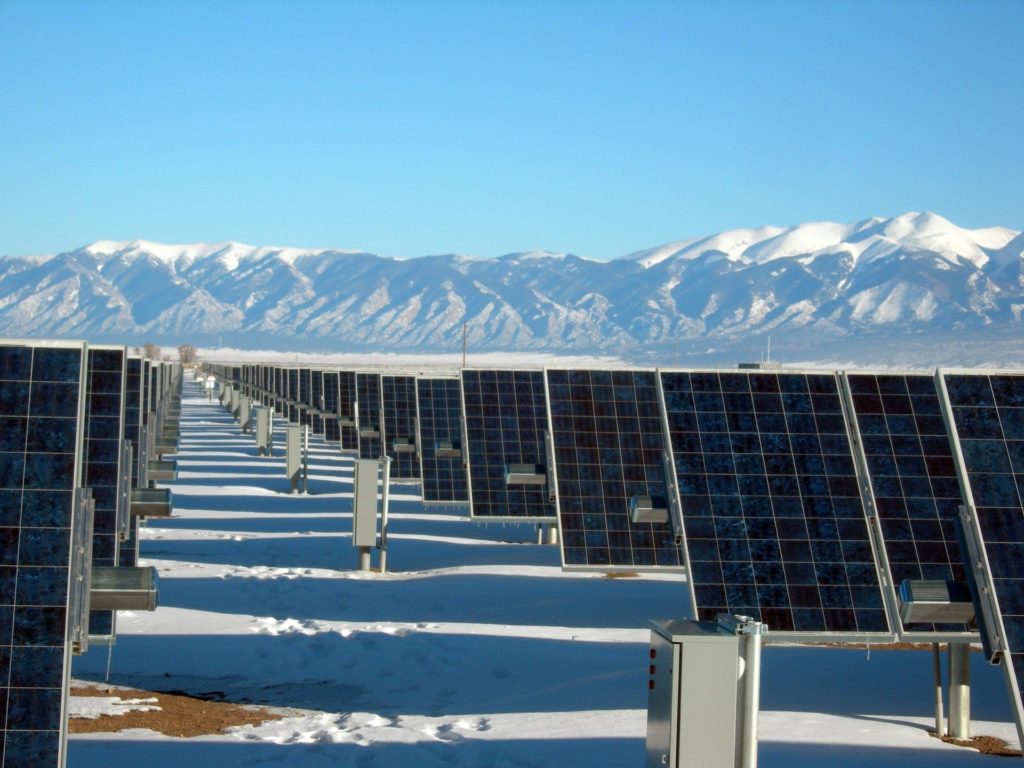
Solar Power System Requirements
A solar power system generates electricity through photovoltaic cells, as photons strike its surface that starts motion in the electrons of the semiconductor surface, which jumps to the conducting layer, and the process of power production continues until the photon stops striking solar panels. It is the third most power generation method in the renewable energy category after Hydroelectric and wind power generation. According to research by IEA, 3.1% of total power generation in 2019 was from the solar power system, and we observed a substantial increase in solar farm installation, and 133GW of solar power systems were installed in 2020 alone. So, when global leaders plan to make the world go fossil-fuel-free, solar power systems will play an immense role in making such dreams true. To understand the fundamental and technical requirements of solar power systems, read the following FAQs.
FAQs
What are the technical requirements for installing a solar power system?
A solar power system requires solar panels, solar charge controllers, batteries for power storage, and inverters for converting DC-stored power into AC. These components together make a complete solar power system. The number of panels, charge controllers, batteries, and inverters depends upon the size of the solar farm or load requirement.
Why do we use inverters and don’t use DC power directly?
Our electric distribution and utilization system has been designed in AC power systems, and even DC power-consuming devices such as many electronic devices like TVs, Laptops, and cellphones have AC power input systems and separate built-in AC-DC conversion systems. So, if we feed DC power directly to the load that e=runs on the grid supply, it will get damaged. Therefore we use an inverter that converts the 12/24v DC supply into 110/240v at 60/50Hz frequency AC supply. There is no need for an inverter if you have DC electric loads.
Why is a charge controller an essential component?
Solar power system produces power according to light intensity, and that keeps changing through the day, which affects the power output of panels. So, if we feed that unregulated power supply to the battery, that will damage it, and the battery will lose its reliability and durability. So, we use a charge controller that amplifies/restricts power with regulated voltage to the battery, prevents overcharging, and blocks reverse current flow.
What are the natural requirements of a Solar power system?
The power production of a solar power system depends upon the angle of interaction between solar rays and solar panels and the time of interaction between solar panels and solar rays. The angle of interaction between solar energy and solar panels is called solar tilt, and the time of interaction between solar energy and solar panels is called peak sunlight hours. Both of these are natural variables in power generation from solar energy, but setting solar panels at optimum tilt/angle and in an area having more peak sunlight hours maximizes power generation.
What is optimum solar tilt?
Researchers explain optimum solar tilt as 90 ̊angle of interaction between solar rays and solar panels. To set solar panels at 90 ̊angle to solar light, the angle of the solar panel to ground changes from location to location. The easiest method to find the optimum solar tilt for any specific site is to add 15 ̊angle to the longitude angle of your geographical location.
What are the minimum required peak sunlight hours to install a solar power system?
Solar power system requires at least 4 hours of peak sunlight to get installed. Having higher peak sunlight hours requires fewer solar panels to produce a specific quantity of power. Peak sunlight hours are the total hours in a day in which solar panel generates electric power efficiently, peak sunlight hours change from location to location, and commercial solar farms usually get installed in areas with six hours of peak sunlight at least.
How to improve the sunlight interaction angle and time of solar panels?
You can improve sunlight interaction angle and increase interaction time by installing solar trackers. There are single-axis and double-axis solar trackers. A Single-axis tracker adjusts the angle of interaction only, whereas a double-axis tracker can improve both the angle of interaction and time of interaction between solar panels and solar rays. These are expensive add-ons to maximize power generation from the limited solar power system and only are installed at solar farms generating more than 1 MW.
What are the space requirements for solar power installation?
The average size of a solar panel is 5.4 to 3.25 ft, and the regular solar panel has a wattage output of 250W, which is different by different manufacturers, and the highest is 415W. According to the given data, an area of 200sq feet can accommodate 11 solar panels. Usually, the rooftop gets used for solar panel installation as that is either the least used space or entirely no use.
What if my roof isn’t in good condition?
Solar panels have a life of decades and can last for 25 years, solar inverters usually have a warranty life of 5-10 years, and that makes the whole solar power system a long-lasting power solution. If for any reason, you think that your rooftop isn’t in good condition and might require repair after a few years, then we advise you to get it repaired before installing solar panels, as that will save you time and extra money in the future. So here you have it on the solar power system requirements. Thank you for reading.
Joseph@Upgrade Electric
1 Comment
Hi my loved one I wish to say that this post is amazing nice written and include approximately all vital infos Id like to peer more posts like this